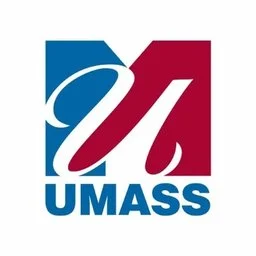Answer for MSN FPX 6105 Assessment 1 Learning Theories and Diversity Influence of Learner’s Culture, Gender, and Experiences on Teaching and Learning
Place Your Order NowAnswer for MSN FPX 6105 Assessment 1 Learning Theories and Diversity Influence of Learner’s Culture, Gender, and Experiences on Teaching and Learning
Answer for MSN FPX 6105 Assessment 1 Learning Theories and Diversity
The main objective of nursing education globally is to promote professionalism and clinical competencies in making sure that the quality and safety of care provided in improved. Since nursing is considered a practical discipline, the process of educating nursing students thus involves both theoretical classroom discussions and sufficient clinical placements to promote the application of these theories into clinical practice (Tsimane & Downing, 2020). Nursing education plays a significant role in nursing professional development as stated by the American Nurses Association, which champions clinical expertise by learning in institutions of higher learning. Nurse educators in institutions of higher learning are normally faced with several challenges such as cultural diversity and the theory-practice gap among others. The purpose of this paper is to illustrate the use of educational theory in course development for culturally diverse nursing students in an institute of higher learning.
Influence of Learner’s Culture, Gender, and Experiences on Teaching and Learning
As a nurse educator in an institution of higher learning, I intend to develop a course that focuses on the development of cultural competencies to promote culturally sensitive nursing care for the increasingly diverse population. The target population for this nursing education program will comprise nursing students enrolled in the institute of higher learning. Studies show that some of the diversity reported among nursing students enrolled in institutes of higher learning in the United States include ethnic variance, age, multiculturalism, gender balance, and socioeconomic status among others (Fawaz et al., 2018). Such factors serve as a barrier to the effective delivery of nursing education to promote professional development in the institutes of higher learning. For instance, most nursing students in the 21st century come from different ethnic backgrounds with different socioeconomic statuses, which requires the adoption of appropriate educational theory to be able to overcome such diversities. Most nursing students who will also benefit from this course will also be of different ages and both genders.
Consequently, due to multiculturalism among nursing students in higher learning institutions, the educator must identify and respect the values and beliefs of each student to promote a positive learning environment. It is also important to note that not all nursing students will be from a high socioeconomic status, as some may be faced with financial challenges (Salifu et al., 2018). As such, the nurse educator needs to promote the use of easily accessible and affordable resources to be utilized in this course to promote maximum benefit from all students irrespective of their socioeconomic status. It is thus crucial to adopt the most effective educational theory and evidence-based teaching strategies to help promote the development of a nursing program that will benefit the diverse nursing student population enrolled in the higher learning institution.
Educational Theory and Evidence-Based Teaching
To guide the development of this nursing program I will utilize the social, ecological model – SEM alongside the theory of interpersonal relations. Through evidence-based teaching, SEM has been reported to encourage culturally congruent education by promoting decisions that are acceptable to all cultural values and beliefs at all levels (Ivankova & Plano Clark, 2018). The model comprises five main stages including individual, interpersonal, community, organizational, and public policy. The individual-level mainly focuses on the knowledge and skills of the person. Encouraging adequate knowledge of the different cultural beliefs and values will help promote a positive attitude and use of culturally sensitive language in educating a diverse nursing student population as described above.
The interprofessional level focuses on the development of an appropriate relationship between individuals. For instance, in the development of this course, it will be necessary to encourage the use of effective communication skills to promote healthy interpersonal relationships between the educator and the nursing students, and among nursing students themselves to promote a conducive learning environment for the diverse population (Zhang & Cui, 2018). The organization-level comprises ways in which the organization such as the institute for higher learning, can help promote a culture of understanding and welcoming for all nursing students, irrespective of their diversities. Consequently, at the community level, studies show
Order Now






